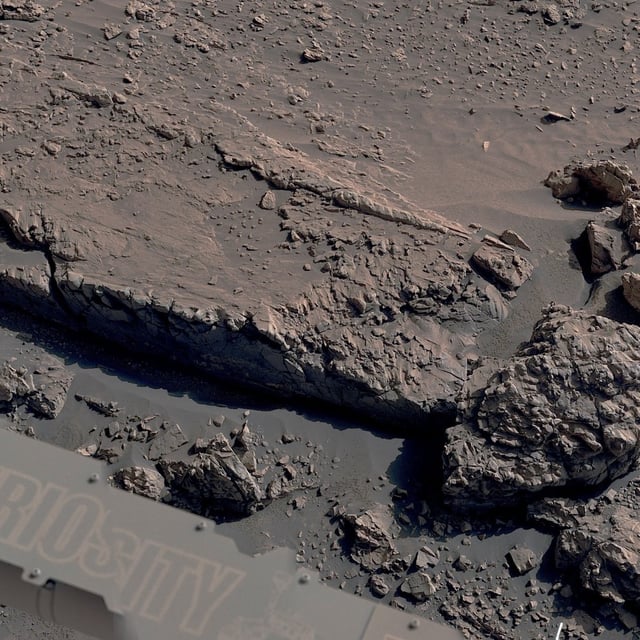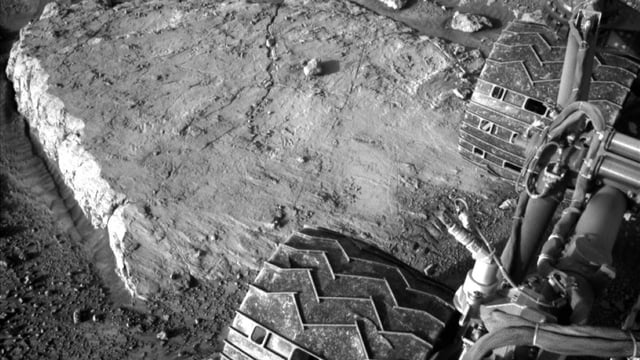Overview
- Curiosity’s Mastcam captured detailed, close-up images of crisscrossing low ridges in a boxwork pattern spanning several miles of Mount Sharp.
- NASA scientists conclude these ridges formed as mineral-rich groundwater trickled through bedrock cracks, depositing cementlike minerals that resisted erosion.
- The discovery of calcium sulfate filling small fractures in the ridges indicates groundwater persisted underground long after surface waters vanished.
- These findings build on earlier evidence of ancient riverbeds and lake deposits in Gale Crater, offering new insights into Mars’s climate evolution and past habitability.
- As Curiosity ascends Mount Sharp layer by layer, the team plans to drill and sample the newly exposed minerals to assess their formation history and potential for past microbial life.


